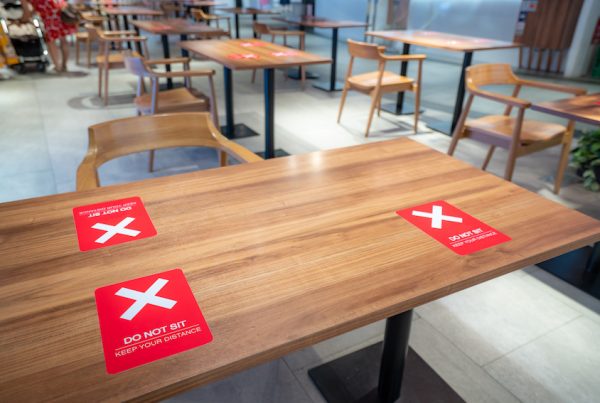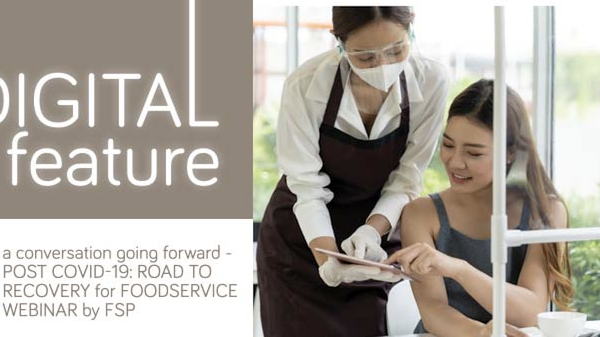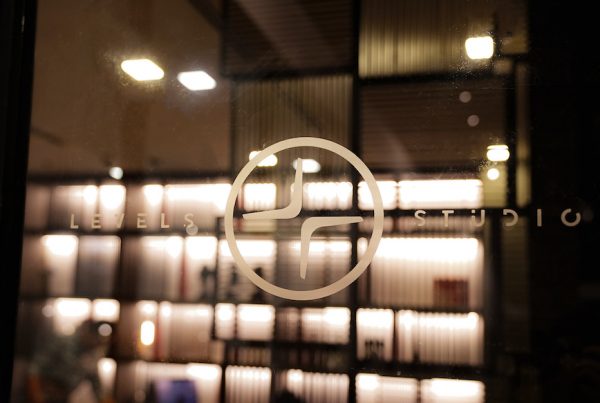“Food safety is often considered to be solely a function of ingredients, processing and packaging. Whilst this is largely true, the impact of non-food items used to prepare and manufacture food is often overlooked, potentially with serious consequences. Inappropriate or poorly designed; non-food items ranging from gloves to cleaning chemicals to bearings have also been responsible for numerous contaminations of food. Considerations such as toxicity, consequence of error, sanitary design and methods of usage all must be reviewed to ensure the risk generated by the use of these items is acceptable.
This article reviews the key characteristics and impact upon food safety of non-food items used within the industry”.
Food manufacture is a complex system of people, equipment, ingredients, packaging and aids to manufacture. In terms of managing food safety, most effort is directed towards the ingredients, the process and the packaging. However, non-food items used in the manufacture of the food can have a direct impact on the food safety profile of the product. Non-food items ranging from gloves to cleaning chemicals to bearings have been responsible for numerous contaminations of food. Considerations such as toxicity, consequence of error, sanitary design and methods of usage must be reviewed to ensure that the risk generated by the use of these items is acceptable.
Toxicity is one of the more straight for ward design criteria. Most items used in the industry for food contact have a low toxicity when used as directed. However, sometimes a toxicity risk is not obvious. Consider for example, a lubricant which may not have any food
contact opportunity under normal use but which could contaminate food should a seal fail.
In another example, significant in-roads in this regard have been made by the compressed air industry. A firm recently reviewed by HACCP International takes an excellent risk management approach to the design, production and use of compressed air in the food facility. Their designs result in fail-safe installations meeting the requirements of the food industry and standards such as BRC compressed air for direct food contact.
To some extent, all things are toxic. It is the potential exposure that needs to be considered. Of course, appropriate risk management dictates that this consideration should be under taken under a worst case scenario. If, under a worst case scenario, an aid to manufacturing could have a significantly toxic effect on the food stream, clearly an alternative should be sought.
Sometimes products which are used in everyday life are found to be inconsistent with Good Manufacturing Practice (GMP) for the food industry due to their design criteria. A simple example here is the snap-bladed craft knife or ‘box cutter’. Whilst used extensively, these items are totally unsuitable within the food industry because one of their ‘useful’ design features can lead to disaster in food manufacturing…their blades are designed to snap off. Once snapped, the blade is like a small razor blade and something to avoid at all costs in the food stream.
Much has been written about sanitary design and numerous international standards and guidelines reflect what is considered to be appropriate design criteria providing for ease of cleaning and sanitation. Simple things like lack of thin gaps and large radius junctions between surfaces are standard on many designs for the food industry. Other considerations include ease of strip down to component parts and potential for use of CIP (Clean-in-place) systems. A recent listeria outbreak was traced to a meat slicer which was well designed except for one crucial area…a drive actuator located in the splash zone could not be removed for cleaning with any ease. In this case, the listeria was allowed to grow in this area subsequently contaminating the food and resulting in a significant product recall.
Consequence of error is a factor that is commonly overlooked when purchasing equipment and aids to manufacture for use in the food industry. A simple example to illustrate this would be a small oil sight gage on top of a closer. Under normal use the glass gauge will give years of service with a low risk to food safety. However, should the gauge be impacted or subject to thermal shock, the glass may fracture resulting in potential contamination of the food stream.
Passive sanitation systems also require consideration. Much has been done with self-sanitizing surfaces using ion technology. These advances have been taken up by a range of non-food aids to manufacture from floors to cool room panels to hand washing systems.
It is also important to consider the facility where the non-food items are manufactured. For some forms of packaging for example, this is a major consideration. Specifically, primary packaging items with long term direct food contact and which are used without a decontamination step must have a similar risk profile to a food ingredient! Consider the simple plastic bottle cap. A clear risk exists here where anything which may contaminate the cap at the plastics factor y will directly contaminate the beverage that it is designed to protect. Plastics moulder facilities rarely only manufacture caps for the food industry. A range of other moulded materials may well be manufactured side by side and food safety issues associated with these products may be non-existent. What is needed in these facilities is a risk management strategy including GMP protocols which are consistent with those employed in the food industry.
Many manufacturers of non-food items have been quick to respond to the requirements of the food industry. Recent evaluations of equipment by HACCP International have highlighted many products that incorporate excellence in the design criteria that effects practical application by food manufacturers. Characteristics including sanitary design, advanced material selection – some for example have used ion technology for sanitation.
Low-risk fail-safe inclusions have ensured rapid uptake of these food safe items by the industry. Interestingly, some items have had positive effects on other aspects of food manufacturing design. For example, a recently evaluated extraction system not only per forms core task with excellence, the design also assists with two other facility design issues; cooling and negative pressure. The designers have taken a holistic approach to the food facility and incorporated design criteria that make ever yone’s job just that little bit easier.
Whilst in today’s economic climate, there can be a tendency to move towards low cost alternatives especially in regard to non-food aids to manufacture, the food safety risks of such items clearly deserve special consideration. Design excellence of these items exists in differentiated products and their use in food manufacturing will certainly reduce risk and will undoubtedly eliminate potential hazards.
It is prudent to consider these risks. There have been just too many cases of contamination, recall, or production disruption where food safety has been compromised through the use of poorly designed or poorly selected materials which do not meet appropriate standards for the industry. Be it an item of equipment, a chemical, a consumable product or fit out material, looking for assurance as to its ‘fitness for purpose’ – prior to purchasing – is the first step to eliminating an expensive hazard.
[box style=”rounded” border=”full”]MARTIN STONE Martin Stone is the Director of HACCP International, which operates a certification scheme for suppliers of food-safe equipment, materials and services to the food industry.
Martin Stone is the Director of HACCP International, which operates a certification scheme for suppliers of food-safe equipment, materials and services to the food industry.











